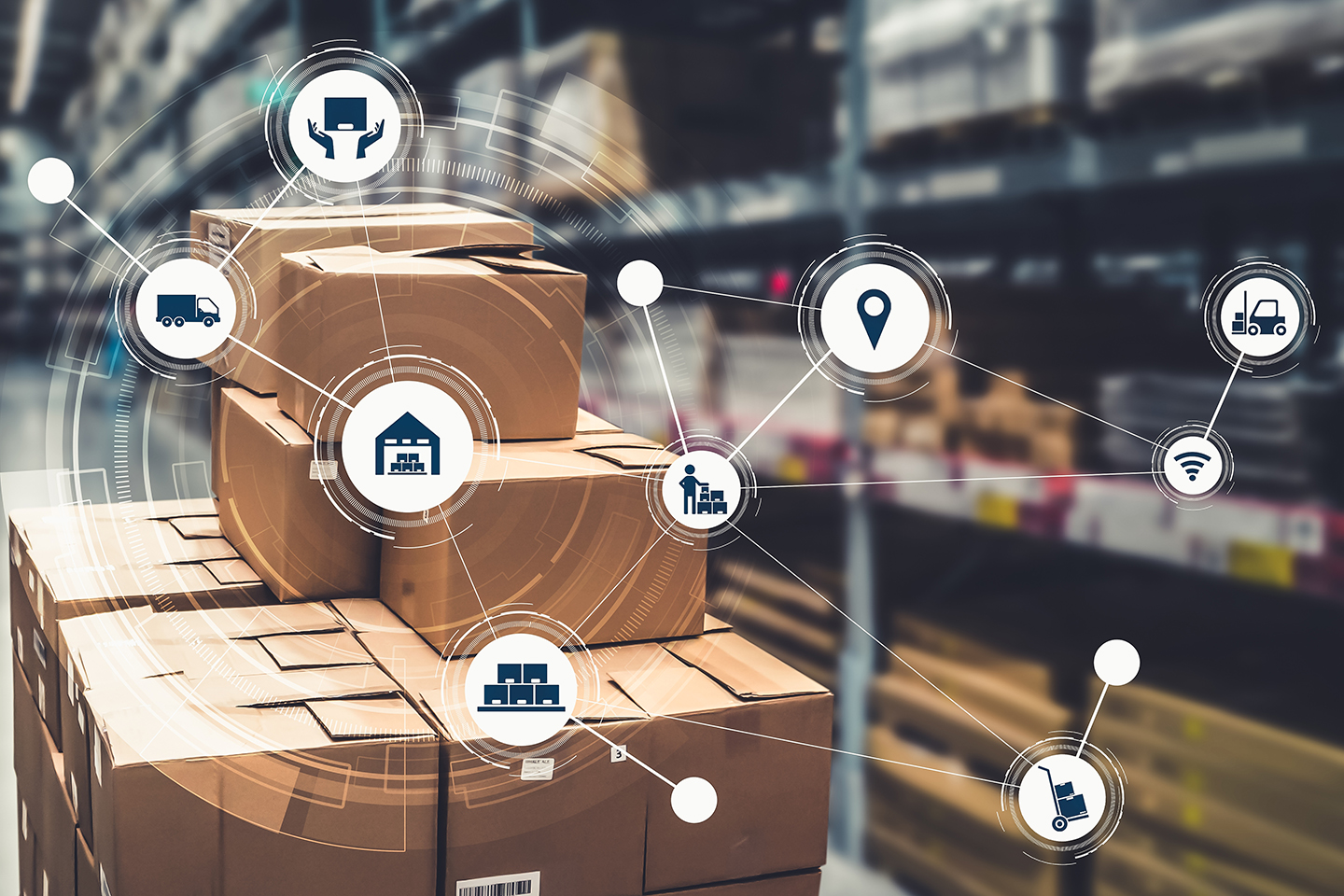The B2B food sector is undergoing an unprecedented transformation: digitalization, new foodservice needs, greater attention to sustainability, and technological innovations are rewriting the rules of the market. Looking ahead to 2026, understanding the main global trends is essential for companies, distributors, and manufacturers that aim to remain competitive and grow internationally.

Table of Contents
1. Digitalization and B2B e‑commerce: a fast‑growing market
Digital transformation in B2B food is now well established. In the United States, B2B online sales reached $1.1 trillion in 2020, with a forecast to grow to $1.8 trillion by 2026.
In Europe, the trend is similar: the shift toward digital procurement platforms, automated orders, and supply‑chain visibility is now strategic for distributors, wholesalers, and foodservice.
2. B2B foodservice market size: sustained growth and new opportunities
The global B2B foodservice market—i.e., the segment dedicated to restaurants, canteens, and catering—is worth around USD 150 billion in 2024 and is estimated to reach USD 250 billion by 2033, with a CAGR of approximately 4.5% starting in 2026.
Expansion concerns not only volumes but also solution diversification: tailored services, private label, and ready‑to‑use ingredients.
3. Proliferation of B2B food marketplaces
By 2026, North America will account for 35% of global B2B food marketplace revenue, followed by Asia‑Pacific (30%) and Europe (25%). Grocery products hold the largest overall share (40%), with the chilled & dairy category growing rapidly (+18% annually).
This dynamic highlights the importance of integrating into digital platforms to expand sales channels and commercial visibility.
4. Safety, traceability, and certifications increasingly relevant
Focus on food safety continues to grow. Globally recognized certifications (such as those indicated by GFSI: BRC, FSSC 22000, IFS, GLOBALG.A.P.) are increasingly required in B2B channels to ensure compliance, transparency, and supply‑chain reliability.
This trend is crucial in international markets, where regulations and the expectations of professional buyers are stringent.
5. Technological innovation: from IoT to AI and smart packaging
Innovation is redefining the value chain across the board:
- IoT / blockchain: for end‑to‑end traceability and rapid response in case of non‑conformities.
- Smart packaging: algorithms and sensors (including battery‑free) that monitor freshness and release antioxidants in case of deterioration, extending shelf life by up to 14 days. These technologies are becoming essential in B2B chains, where supply paths are long and quality cannot be compromised.
Why these trends matter for B2B food and how to leverage them
- Integrating digital systems and B2B e‑commerce platforms boosts operational efficiency and growth across new channels—essential for globally minded distributors and manufacturers.
- Expanding into the B2B foodservice segment means developing dedicated ranges (e.g., frozen ingredients, semi‑finished products) and personalized services for canteens, horeca, and private label.
- Being present on digital marketplaces expands visibility and international reach, accelerating lead generation.
- Holding GFSI certifications and guaranteed traceability is essential to access advanced markets and demanding corporate customers.
- Investing in IoT technologies and advanced packaging helps protect product quality along the chain, reducing waste and enhancing reputation.
Palimex’s role as an excellence partner
Palimex is positioned precisely at the crossroads of these strategic trends:
- Digital‑ready: an integrated supply chain with systems that enable B2B e‑commerce, automated orders, and traceability dashboards.
- Foodservice‑first: a range of IQF ingredients and purées designed for the needs of canteens, pasta makers, industries, and horeca chains.
- Marketplace compatibility: structured to serve also via digital platforms, with efficient logistics and high standards.
- Certified and safe: selected suppliers with BRC and organic standards (GFSI‑recognized), audit‑ready documentation for immediate compliance.
- Packaging & tech innovation: experimentation with smart packaging, temperature control, and IoT integration to ensure maximum freshness and extended shelf life.
In the B2B food landscape for 2026, five emerging trends—digital, foodservice growth, marketplaces, certifications, and advanced technologies—outline a structural transformation of the sector.
Palimex is ready to support as a technological and logistical partner that not only sees the future but helps build it: ready‑to‑use, certified, traceable ingredients, delivered with precision—without compromises on quality and continuity.






